Lots of interesting abstracts and cases were submitted for TCTAP 2024. Below are the accepted ones after a thorough review by our official reviewers. Don’t miss the opportunity to expand your knowledge and interact with authors as well as virtual participants by sharing your opinion in the comment section!
TCTAP C-138
A Novel Design With a Rare Complication: DynamX Bioadaptor Dislodgement
By Yi-Syuan Lin, Ying-Hsien Chen
Presenter
Yi-Syuan Lin
Authors
Yi-Syuan Lin1, Ying-Hsien Chen1
Affiliation
National Taiwan University Hospital, Taiwan1,
View Study Report
TCTAP C-138
Coronary - Complication Management
A Novel Design With a Rare Complication: DynamX Bioadaptor Dislodgement
Yi-Syuan Lin1, Ying-Hsien Chen1
National Taiwan University Hospital, Taiwan1,
Clinical Information
Patient initials or Identifier Number
Relevant Clinical History and Physical Exam
This case involved a 70-year-old male who presented with exertional dyspnea persisting for 6 months despite receiving optimal medical therapy. His past medical history included hypertension and dyslipidemia. About 6 months ago, he received percutaneous coronary intervention for non-ST-segment elevation acute coronary syndrome, involving stenting in the left anterior descending artery (LAD) and right coronary artery (RCA).

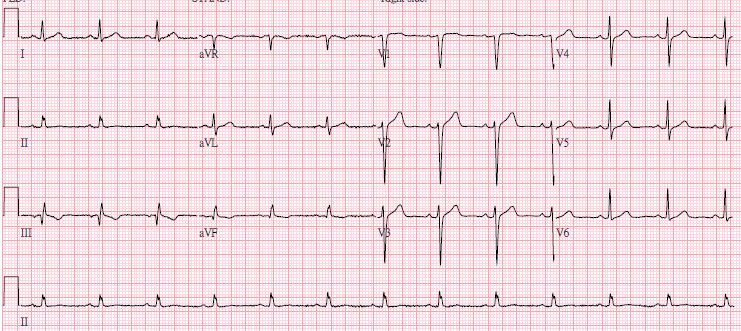


Relevant Test Results Prior to Catheterization
Previous coronary angiography showed distal left circumflex coronary artery (LCX) stenosis 70%. Electrocardiogram showed no ST-T change. Left ventricular ejection fraction was normal (71.9%) without regional wall motion abnormality by transthoracic echocardiography.


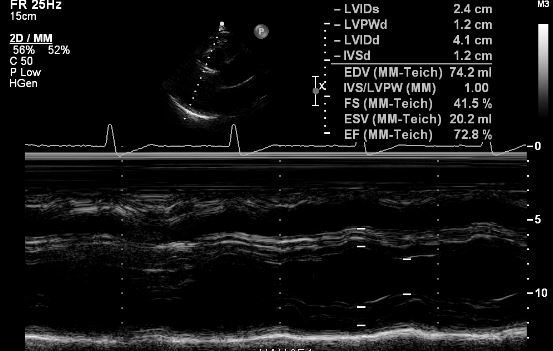



Relevant Catheterization Findings
There was 70% diffuse stenosisfrom the proximal to distal segments of the LCX, with the ostium of the LCX remaining unaffected. No de novo stenosis or in-stent restenosis (ISR) wasobserved in the LAD. A non-significant ISR was noticed at the middle portion ofthe RCA. The posterior lateral branch also exhibited stenosis of about 50%.
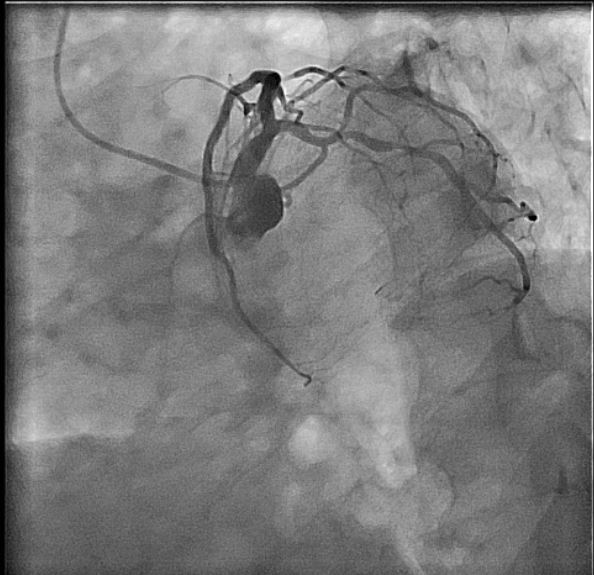
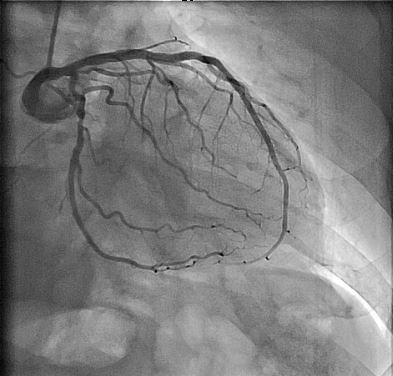
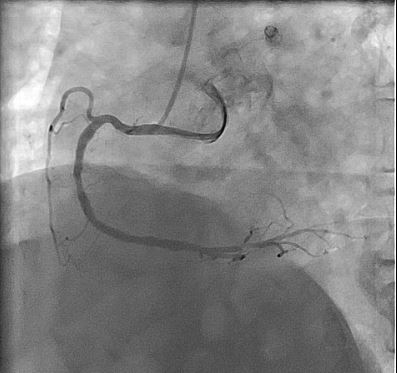



Interventional Management
Procedural Step
We accessed the right femoral artery and utilized a EBU3.5 6F guiding catheter. Sion was employed for wiring the LAD. Runthrough floppy was used for the LCX and threaded through the stent cell in the left main artery. Optical coherence tomography (OCT) revealed incomplete stent expansion in the distal LM and diffuse lesions in the LCX without severe calcification. We performed Proximal Optimization Technique (POT) with a 4.0mm Non-compliant (NC) balloon at LM, POT-side-POT technique with a 3.0mm NC balloon at LM to LCX, and kissing balloon inflation with a 3.5mm NC balloon at LM to LAD and a 3.0mm NC balloon at LM to LCX. With a Guideliner in LM for support, we pre-dilated the lesion using a 3.0mm NC balloon. During the attempt to deploy a 3.5mm stent in the proximal to distal LCX, resistance was encountered, and the stent became stuck at the proximal LCX. Believing the dislodged stent was retracted into the guiding catheter, we extracted the entire system. However, the unexpanded stent was actually dislodged and trapped in LM. Using an EV3 snare, we successfully retrieved the dislodged stent. With Guideliner support in the proximal LCX, we smoothly delivered the 3.5mm stent to the distal LCX. Subsequent post-dilation with 3.5mm, 3.0mm, and 2.5mm NC balloons from proximal to distal LCX ensured successful stent placement and expansion. The final flow was satisfactory, with no extravasation or no-reflow issues, leading to the conclusion of the procedure.
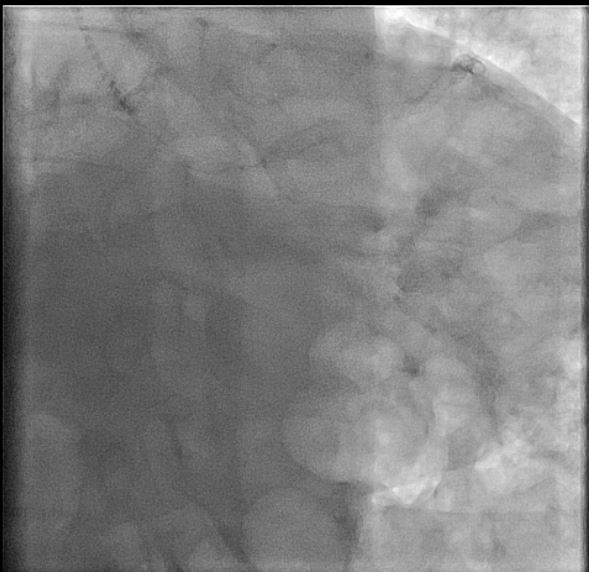
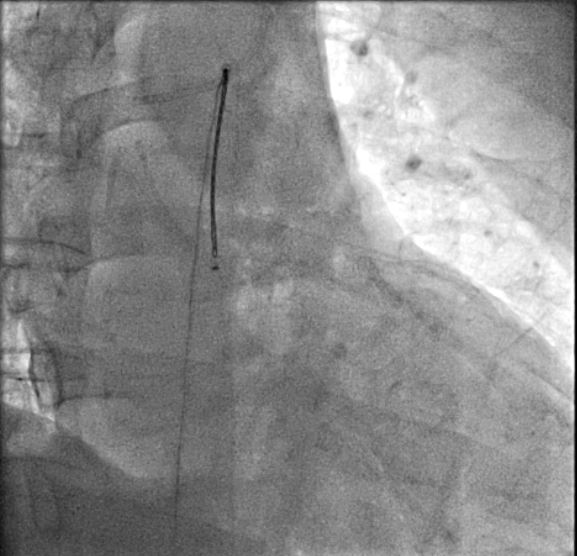




Case Summary
This case marked the first reported DynamX stent dislodgement. Despite OCT-guided vessel preparation, the acute bend from LM into LCX and interaction with the LM stent resulted in entrapment and dislodgement. The DynamX Bioadaptor scaffold comprises three helical strands connected by unlocking elements. Microscopy images showed deformation with some elements torn apart, indicating the entangled position of DynamX and the stent in LM. DynamX was stretched, and the helical strands were deformed into an elongated flat body, possibly causing misinterpretation. The unique design of DynamX Bioadaptor, requires extra attention, especially when navigating through other stents or vessel bends.

